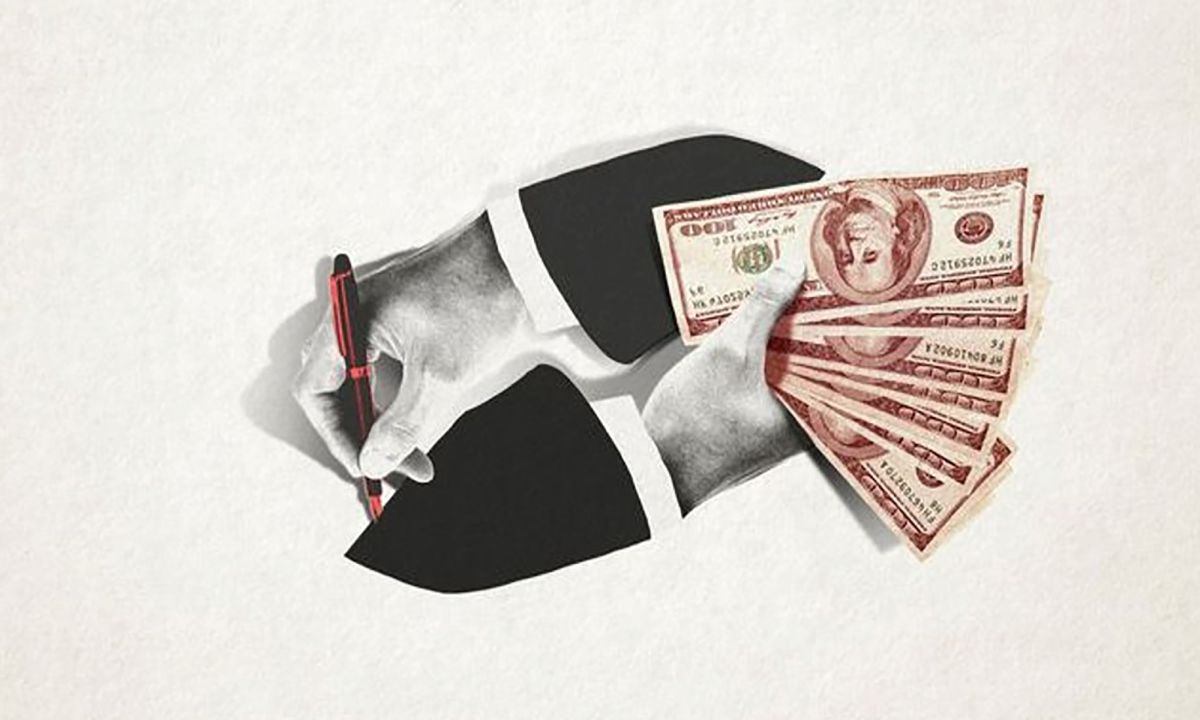eNews, Technology
Beyond the invoice: The changing landscape of B2B payments

Gone are the days of cash and checks, as payment methods have taken a leap into the future. Last year, we surveyed credit professionals on customer payment methods from most to least common. Checks topped the list, closely followed by Automated Clearing House (ACH) payments.
Why it matters: As technology progresses, B2B payments will evolve, replacing traditional methods.
By the numbers: A recent eNews poll revealed that most B2B customers use ACH to pay open invoices as compared to last year when the majority used paper checks.
ACH transactions, also known as electronic checks or direct deposit payments, allow businesses to pull funds from the buyer’s account and deposit them into the seller’s account.
ACH payments are safe, reliable and efficient for recurring payments. They are cost-effective and allow customers to initiate payments.
Mark Sciortino, credit manager at Kodiak BP, LLC dba Carpenter Contractors of America, Inc. (Belvidere, IL), notes an increasing number of customers adopting ACH payments to reduce their transaction costs. “For them, it eliminates the need for processing and tracking paper checks,” he said. “As far as our benefits, we get the check on the same date for each payout, which greatly helps us with doing our cash projections and eliminates concerns about snail mail and lost checks.”
The drawback of businesses accepting ACH payments is the need to validate customers’ bank details for correct fund transfer.
- Convincing customers to provide sensitive banking information for ACH setup can be difficult.
- If a customer disputes a transaction or experiences unauthorized activity, they may request a reversal, which can impact a business’s cash flow and require additional resolution efforts.
Checks are the second most popular customer payment method due to their familiarity and comfort for customers and employees.
“For many customers, it could be that they’ve always sent by check, so they want to continue to do that until they’re absolutely forced to do something different,” said Jeff Cozad, business manager at Patz Corporation (Pound, WI), whose majority customer base pays via check.
The largest complaint is that paper checks carry a higher risk of fraud, including issues such as counterfeit checks or altered payment amounts. Cozad reminds customers to use alternative methods such as ACH payments as a faster, safer alternative to mailed business checks due to fraud risks.
Credit cards have become increasingly common in B2B trade. “Over the last few years, I’ve seen the use of credit cards increase, in many cases, eclipsing ACH and printed checks,” said Chris Bergstrom, credit manager at Traco Manufacturing, Inc. (Orem, UT). “The biggest advantage is instant cash flow, which helps us meet our obligations to vendors.”
Jaxx Sinn, credit specialist at Northwest Cascade, Inc. (Puyallup, WA), accepts various methods of payment, including ACH, checks and cash. However, credit cards are the preferred method for her customers. “That is because payment or refunds are instant and cards can be arranged for automatic transactions streamlining payments or saved to quickly process payments,” she said.
Credit card payments, while handy, often incur high fees for businesses. According to an Invoiced article, interchange fees typically comprise around 80% of the processing costs for each transaction. Assessment fees make up roughly 10% of all processing costs while credit card processor fees make up roughly 7% of processing costs.
Customers can request chargebacks if they claim goods were never received, were different than described, damaged or purchased without their authorization. This complicates the collection process further for creditors.
Wire transfers, direct payments between two banks, remain one of the lowest-ranking payment methods in B2B trade. One of the main reasons is that wire transfers often incur transaction fees that vary based on the banks and currency used. These fees can be higher compared to other payment methods, potentially reducing the transaction’s profitability.
Also, wire transfers rely on the stability and availability of banking systems and infrastructure. Technical issues, system downtime or holidays can affect the ability to send or receive wire transfers, potentially causing delays in payment processing.
Despite the disadvantages, wire transfers are useful for high-value transactions because they allow you to transfer large amounts of money at a time. “My customers are mostly from the Caribbean, Central and South America, who mostly pay by wire transfer,” said Denise Bonnet, CICP, regional credit manager at Daikin Applied Latin America, LLC (Miami, FL). “Very few pay by ACH and the ones that do are because their corporate offices are located in the U.S., Puerto Rico or the Virgin Islands.”
Bonnet has had customers switch from wire transfers to credit cards during the last days of the month. “This usually happens when they are short of funds and need the equipment order to be processed or sent for production,” she said.
What’s next: “Many financial institutions are making it easier for companies to use one-time payment cards,” Bergstrom said. “I see the use of such cards as only increasing in the future.”
Single-use credit cards, also known as virtual or disposable credit cards, provide multiple alias numbers for your existing account, concealing your real account number from merchants. Your bank’s website or apps generate these numbers for online and occasionally phone purchases.
Bergstrom also predicts that many companies will be using merchant cards, or a card issued to the company that can only be used for specified amounts. “This is especially true for companies that pay us through a third-party accounts payable service, like bill.com,” he said. “It seems more common now that many of our customers are relying on new technology for their payables.”
Some companies are transitioning to integrated payables, a secure online payment solution that streamlines payment processing and management, enhancing cost savings, visibility, control and business growth. How it works:
- Integrated payables solutions integrate with your accounting system.
- Once invoices have been approved for payment, IP solutions will retrieve the payments information from your ERP system, collect money from you to facilitate payments, and disburse payments on your behalf.
- This enables customers to manage payables through a unified workflow, ensuring timely, accurate payments and consistent data reconciliation across all payment types.
The bottom line: The shift from traditional payment methods such as checks to more advanced ones like ACH and credit cards is inevitable in the B2B sector due to technological advancements, despite their respective advantages and drawbacks.





